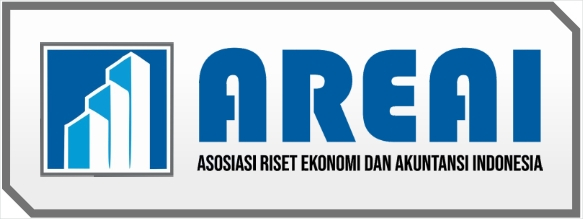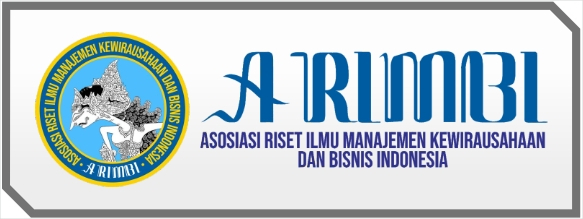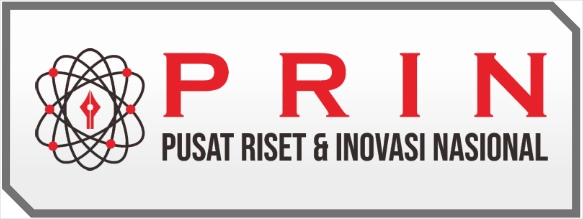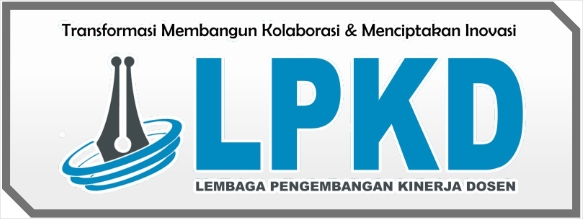Analisis Rasio Arus Kas PT Kereta Api Indonesia (Persero)
DOI:
https://doi.org/10.55606/cemerlang.v1i2.1003Keywords:
cash flow, ratio, PT KAI.Abstract
In order to achieve targets, companies need healthy funds to improve their performance. Companies can find out the availability of funds through the company's cash flow reports. This study aims to analyze PT KAI's cash flow ratio during 2014-2019. The research is descriptive quantitative by calculating the cash flow ratios. The cash flow ratio used is the cash liquidity ratio, which includes the operational cash flow ratio (AKO), the cash to interest coverage ratio (CKP), the capital expenditure ratio (PM) and the total debt ratio (TH). After calculating the ratio, do a growth ratio analysis during 2014-2019. The data used is PT KAI's audited financial statements for the 2014-2019 period. The results of the study show that PT KAI's cash flow ratio as a whole is still in a bad condition. The four ratios of operating cash flows used in this study, there are three ratios have a value of less than 1, namely the ratio of cash sweeps to current debt (AKO), the ratio of capital expenditure (PM) and the ratio amount of debt (TH). Meanwhile, one other ratio, namely the cash to interest coverage ratio (CKB), is worth more than 1.
References
Antara. (2019, November 11). PT KAI Yakin Target Laba 1,8 Triliun Bakal Tercapai. Diambil kembali dari https://bisnis.tempo.co/read/1270897/pt-kai-yakin-target-laba-18-triliun-bakal-tercapai (12 November 2020).
Budiman, A. (2017). Analisa Laporan Arus Kas pada Perusahaan Transportasi P.O Medan Jaya. Skripsi, Departemen Manajemen, Universitas Sumatera Utara.
Gulec, O. F., & Bektas, T. (2019). Cash Flow Ratio Analysis: The Case Of Turkey. The V. International Symposium on Accounting and Finance (ISAF 2019), 1-4 May 2019 (hal. 247-262). Bursa, Turkey: The Journal of Accounting and Finance.
Gumilang, R. R. (2020). Analisis Arus Kas (Studi Empiris Pada PT. Indosat Tbk). Coopetition : Jurnal Ilmiah Manajemen, 11(3), 247-252.
Hanafi, M. M., & Halim, A. (2016). Analisis Laporan Keuangan. Yogyakarta: UPP STIM YKPN.
Herry. (2018). Analisis laporaqn keuangan. Jakarta: PT Grasindo.
Ikatan Akuntan Indonesia. (2013). PSAK 01: Penyajian Laporan Keuangan.
Lutfriansyah. (2019). Ratio of Cash Flow as A Measure in Assessing the Financial Performance of Cigarette Company. Proceeding of The 3rd International Conference on Accounting, Business & Economics (UII-ICABE 2019) (hal. 171-176). Yogyakarta, Indonesia: Universitas Islam Indonesia.
Magdalena, A., Hatta, M., & Martha, D. (2019). Analisis biaya gaji karyawan berbasis web dengan metode analisis indeks dan common size (Studi kasus: UD Monas Bakery). Jurnal Digit, 9(1), ISSN : 2088-589X, 48-58.
Meldawati, & Ananda, F. (2018). Analisis rasio arus kas untuk mengukur kinerja keuangan pada PT Kalbe Farma, Tbk. INA-Rxiv Paper, DOI: 10.31227/osf.io/ezsx3.
Monika, N., & Riyanto, S. (2020). Cash flow effect analisys to assess the financial performance of PT Mitrabara Adiperdana Tbk, period 2015-2019. Journal of Social Science, 1(5), I 222-227, DOI: https://doi.org/10.46799/jss.v1i5.40.
Murtianingsih, T., & Hastuti. (2020). Analisis laporan arus kas untuk menilai kinerja keuangan pada Industri Tekstil dan Garmen yang terdaftar di Bursa Efek Indonesia (BEI) Periode 2016-2018. Prosiding The 11th Industrial Research Workshop and National Seminar, 833-839.
Rialdy, N. (2018). Analisis Laporan Keuangan Dengan Metode Trend Sebagai Dasar Menilai Kondisi Keuangan Di Rumah Sakit Umum Haji Medan. Skripsi, Departemen Akuntansi, Universitas Muhammadiyah Sumatera Utara.
Sidik, S. (2019, November 11). Diam-diam KAI Ternyata Punya Rencana IPO, Kapan? Diambil kembali dari https://www.cnbcindonesia.com/market/20191111143344-17-114328/diam-diam-kai-ternyata-punya-rencana-ipo-kapan (12 November 2020).
Supatminingsih, S., & Setyawati. (2018). An analysis of cash flow report effect on financial performance (Case study in course and raining institutions Putra Perwira Sukoharjo 2014-2016). International Journal of Economics, Business and Accounting Research (IJEBAR), 2(1), 8-18.
Suryadi. (2014). Kinerja dan peramalan pertumbuhan angkutan kereta api menggunakan model SARIMA. Warta Penelitian Perhubungan, 26(7), 381-394.
Warongan, M. S., Ilat, V., & Gerungai, N. (2018). Analisis rasio arus kas dalam menilai kinerja keuangan pada PT PLN (Persero) wilayah Sullutenggo. Jurnal Riset Akuntansi Going Concern 13(2), , 453-463.
Weygand , J. J., Kimmel, P. D., & Kieso, D. E. (2018). Accounting Principles 13th Ed. USA: John Wiley & Sons, Inc.




















